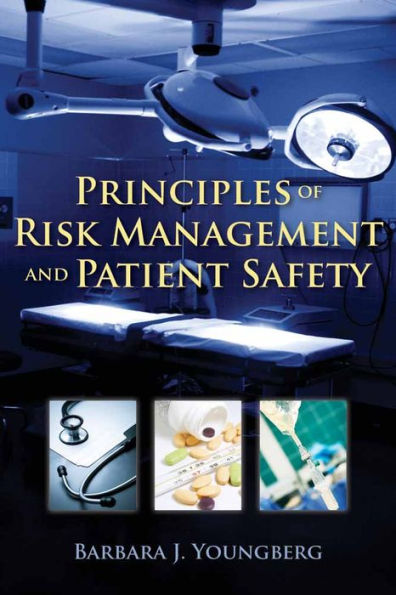5
1
9780763774059



Principles of Risk Management and Patient Safety / Edition 1 available in Paperback

Principles of Risk Management and Patient Safety / Edition 1
- ISBN-10:
- 0763774057
- ISBN-13:
- 9780763774059
- Pub. Date:
- 08/24/2010
- Publisher:
- Jones & Bartlett Learning
- ISBN-10:
- 0763774057
- ISBN-13:
- 9780763774059
- Pub. Date:
- 08/24/2010
- Publisher:
- Jones & Bartlett Learning

Principles of Risk Management and Patient Safety / Edition 1
$177.95
177.95
In Stock

Product Details
| ISBN-13: | 9780763774059 |
|---|---|
| Publisher: | Jones & Bartlett Learning |
| Publication date: | 08/24/2010 |
| Edition description: | 1 |
| Pages: | 504 |
| Product dimensions: | 7.00(w) x 9.90(h) x 1.20(d) |
About the Author
From the B&N Reads Blog

